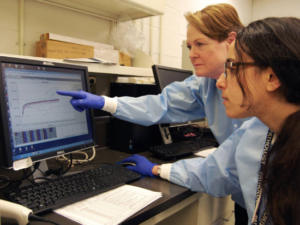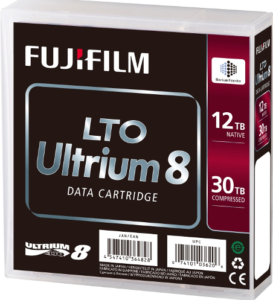Reading Time: 2 minutesMarch 25, 2020

To Our Valued Customers:
First and foremost, I trust that you and your family are well during this unprecedented pandemic.
On March 23, 2020, Charles D. Baker, the Governor of the Commonwealth of Massachusetts, issued COVID-19 Executive Order No. 13. The Executive Order requires all businesses and organizations that do not provide “Essential Services” to close their physical workplaces and facilities to workers, customers and the public as of Tuesday, March 24th at noon until Tuesday, April 7th at noon.
Fujifilm is deemed to provide Essential Services and is therefore authorized under the Executive Order to continue operations at its Bedford, Massachusetts facility. Specifically, Fujifilm’s Bedford facility provides services that fall under the Communications and Information Technology category set forth in the Executive Order.
While our Bedford manufacturing facility remains open and operational, I can assure you that the Fujifilm management team is taking all necessary actions and precautions to ensure the health and safety of our workers during these unprecedented times.
Accordingly, and pursuant to Section 1 of the Executive Order, Fujifilm has put measures in place to ensure workers comply with social distancing protocols and good hygiene practices consistent with Massachusetts Department of Public Health’s guidance. In addition, to help minimize the time that our workers are away from home, we are reducing the number of our weekly production days during the period from March 24th to April 7th or until further instructed by Executive Order. We appreciate your understanding and patience if this results in longer than normal lead times to fulfill your orders.
These are challenging times for all of us. Our workers and their families, our communities, and our local businesses are all being affected and forced to adapt to this evolving crisis. At Fujifilm, we remain optimistic and focused. We are committed to working through each challenge safely and persevering through adversity so that we can continue to deliver innovative products and solutions to you, our valued customers, and provide a safe working environment for our team.
We continue to regularly monitor this ever-evolving situation, and will continue to comply with all advisories and mandates from the federal and state governments. Should you have any questions or need further information, please contact me or your FUJIFILM Sales Representative.
We wish you and your families good health.
Sincerely,
Peter Faulhaber
President and CEO
FUJIFILM Recording Media U.S.A., Inc.









